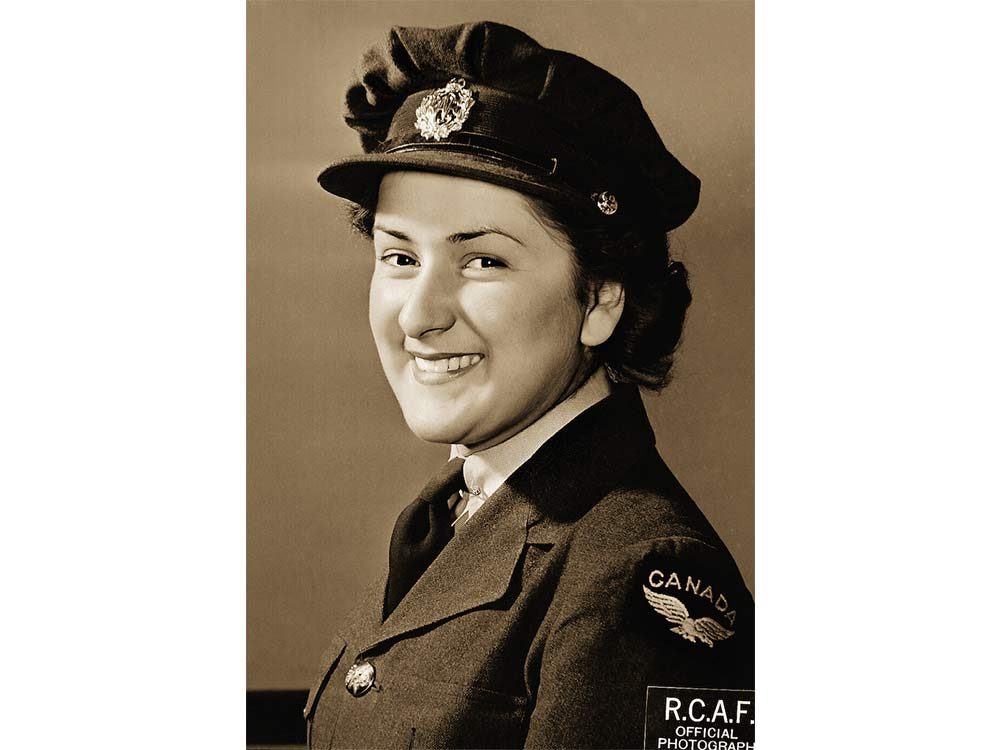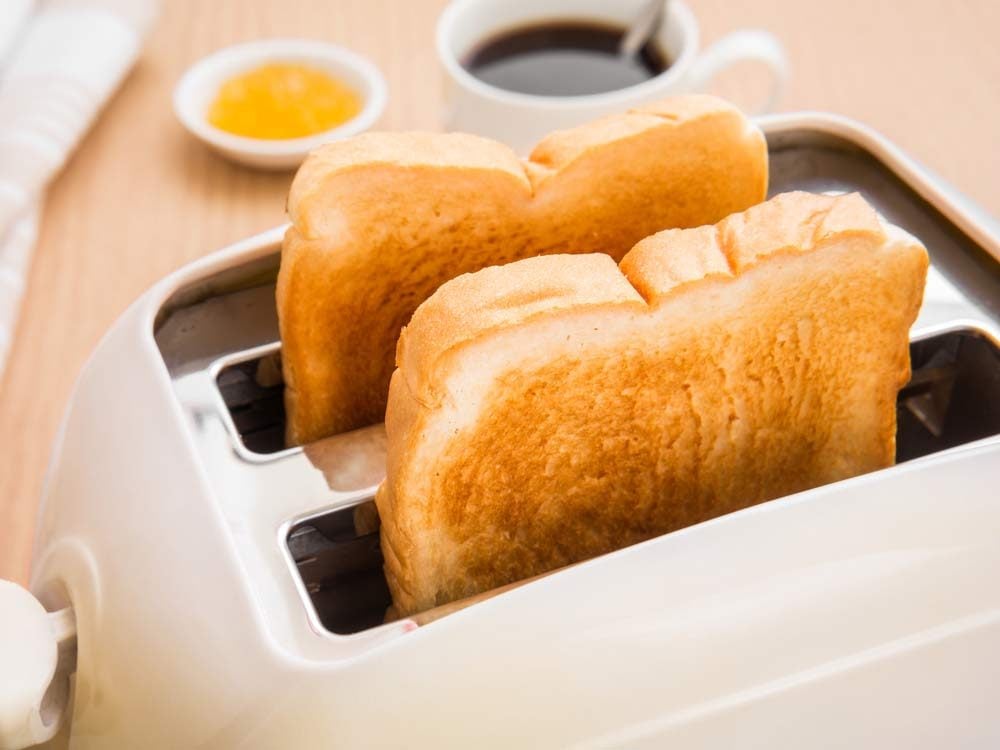
Use this Japanese tradition to be less forgetful
Mistakes are inevitable. Overworked pilots forget steps on their pre-flight checklist every day. Distracted drivers go careening into their own garages.
Fortunately, after millennia of human blundering, our species is finally willing to admit a helpful maxim: we’re all idiots sometimes. And because of that, we can take action to catch unintended idiocy before it strikes. That’s why pilots always work in pairs. Cars won’t start unless they’re in park. Publishers have rigorous proofreading regimens (and you have autocorrect).
The idea that most mistakes can be caught before they do harm is called poka-yoke, a Japanese phrase roughly meaning “error-proofing.” Popularized by Toyota engineer Shigeo Shingo in the 1960s, poka-yoke was originally implemented to make sure assembly line workers didn’t inadvertently skip steps of the process that screwed up production down the line. Today, it guides our professional world in thousands of unseen ways. If you start to look for it, you can see these behavioural safeguards manifested in big ways (like how nuclear missile launches require the simultaneous turning of two keys, prohibiting a single person from launching a strike on his own) as well as small (like how Microsoft Word asks “are you sure you want to quit” when you try to exit a window). And as long as you’re honest and aware about the mistakes you make, it’s very easy to poka-yoke your own everyday life.
For example: have you been meaning to mail a package at the post office, but keep forgetting it (or just ignoring it) when you head out to your car in the morning? Acknowledge the error and poka-yoke it: place your car keys on top of the package when you get home at night, to make sure you can’t forget it tomorrow.
Do you ever find yourself mid-shower and unable to remember if you already shampooed your hair? Poka-yoke your process: Turn the container upside-down after you use it to tell yourself the job is done (and at the start of your next shower, turn it right side-up again).
Prone to sending emails you quickly regret? Go to your Gmail preferences and click “enable undo send” to give yourself up to 30 seconds to cancel any sent message before it hits inbox doomsday.
We could go on and on with examples in your life and the wider world, but the main key to poka-yoke is just being conscious of your own mistakes. This takes a measure of emotional intelligence, so be honest with yourself, and be forgiving. And if that proves too hard, at least be thankful you aren’t the guy who engraved a typo on the Lincoln Memorial. There’s a guy who could’ve used a spellchecker.

Veteran Profile: Eugenie Marie Francoeur Turner, RCAF/WD
Born in Saint-Polycarpe, Que., in 1922, Eugenie joined the Royal Canadian Air Force/ Women’s Division in 1942. She worked as a teletypist in Newfoundland for 11 months prior to being sent overseas in 1943. There, Eugenie served in 6 Bomber Command on several airfields. During the D-Day invasion, she worked 24 hours straight to keep Operations up-to-the-minute on developing events. Eugenie and her base were officially congratulated for their D-Day communications work. She now resides in Kelowna, B.C.
“Dad said to me, ‘You know, Mom and I do not want you to go.’ I said, ‘Dad, I’m sorry, but I have to…” and off I went.”
For more profiles by Veterans Voices of Canada, click here.

The reason why Prince William and Kate Middleton don’t hold hands
When it comes to beloved couples, Prince William and Kate Middleton are in a league of their own. Not only are they young, attractive, and stylish, but they also perform their family duties flawlessly—and still find some time to advocate for charitable causes in between. Plus, having two super cute kiddos around doesn’t hurt, either.
But when this couple is photographed while out and about, fans might notice that there’s one important thing missing: handholding. Or any public displays of affection at all, really. What gives?
No need to worry; their relationship isn’t on the rocks. The real reason is way simpler—and more practical!—than you think. According to Myka Meier, a royal etiquette expert, it’s what any person would do when they’re on the job.
“The likely reasoning is more that while travelling on a tour such as the India trip, technically the couple are working representatives of British Monarchy,” she told PEOPLE. “The couple are likely to show very little PDA, if any, to remain professional during their designated roles abroad.”
While there’s no bona fide restriction on PDA, royal family members tend to refrain while on official business for Her Majesty. Plus, our favourite royal pair is not the first to follow this unspoken rule. Queen Elizabeth II rarely holds hands with her husband Prince Philip in public, either, and for the same reason. (And here’s why the Queen wears so many bright outfits.)
Still, that doesn’t mean Prince William and Kate don’t like to let loose every once in awhile. They just choose to do so sparingly and at the right moments, such as during a soccer game or while on a hike. As longtime royals writer Judy Wade told PEOPLE, “Different types of occasions call for different types of behaviour.”
Makes sense! So, William and Kate admirers, lay your fears to rest; this couple’s marriage is solid.
Check out 9 Gross Everyday Habits You Need to Stop Doing in Public.

Toast a La Science!
North Americans like their toast. In fact, 71 per cent of us who regularly eat bread like it warm or toasted, says market researchers NPD Group (yes, people actually study this). So, if you’re going to eat that much toast, you might as well do it right. That’s where British food researcher Dr. Dom Lane comes in. He and his team spent one whole week toasting and tasting 2,000 slices of bread so you don’t have to, as the Daily Mail reported. Here’s his recipe for Toast a La Science:
- The perfect piece of toast starts with a pale, seeded loaf that has been refrigerated at a temperature of 37.4 degrees Fahrenheit.
- Keep a ruler nearby because you’ll want to measure the thickness of the bread, which should be 14 millimetres, or 0.551181 inches.
- Set the toaster to produce a temperature of 309 degrees.
- With stopwatch in hand, cook for 216 seconds. This will lend the slice a golden-brown colour and ensure the ultimate balance of external crunch and internal softness, which means the outside will be 12 times crunchier than the middle.
- Once you’ve removed the toast, quickly add butter. Do you have a scale handy? Good. The ideal amount of butter is 0.44 grams per square inch. Quick, grab that ruler again, because in another report on the subject, Leeds University food scientist Bronek Wedzicha contends, “The amount of butter should be about one-seventeenth the thickness of the bread.”
- Cut your slice of toast immediately! We mean it. Stop reading and cut the toast already! And cut it on a diagonal. We’re not sure why, but do it anyway. Then serve the toast on a plate warmed to 113 degrees Fahrenheit to minimize condensation beneath the toast. IMPORTANT! Don’t let the plate get too hot, or the toast will continue to cook and ruin your scientifically perfect piece of bread.
- Now sit back and enjoy your toast. And put a napkin on your lap, you’re going to be covered in crumbs.
Sources: The Daily Mail, www.agr.gc.ca, the BBC
Why not use Saturday and Sunday morning to whip up an indulgent breakfast for the family? Here are some sweet and savoury weekend breakfast recipes to get your appetite going.

Here’s why women make the best bosses
Regardless of how far we’d like to believe gender equality in the workplace has come, there’s still a yawning gap between male and female leaders in the professional world. A 2016 statistic shows that women currently hold just 5.8 per cent of CEOs positions at S&P 500 companies, according to Catalyst.
While it’s not a huge shock that women are somewhat underrepresented in leadership positions, what is surprising though, is the fact that females may actually be better suited to lead in almost every area, at least according to new findings from the BI Norwegian Business School.
In their research, Professor Øyvind L. Martinsen and Professor Lars Glasø surveyed 2,900 managers with a special focus on personality types. The results were clear: Women scored higher than men in four of the five major leadership-centric categories.
“Businesses must always seek to attract customers and clients and to increase productivity and profits. Our results indicate that women naturally rank higher in general than men on ability to innovate and lead with clarity and impact,” explains Martinsen. “These findings pose a legitimate question about the construction of management hierarchy and the current dispensation of women in these roles.”
While some people believe that men inherently make better leaders—probably because they picture a leader as an imposing figure with a commanding voice, which is more typical of men than women—this piece of research suggests that women are better at methodical management and goal-setting, openness, sociability and supportiveness, as well as ability to innovate, take initiative, and communicate clearly.
There was one area in which men scored higher than women, though, and that was on emotional stability and ability to withstand job-related pressure and stress. The results suggest that women are more sensitive to the effects of high-pressure or highly emotional situations.
“The survey suggests that female leaders may falter through their stronger tendency to worry—or lower emotional stability,” explains Glasø. “However, this does not negate the fact that they are decidedly more suited to management positions than their male counterparts. If decision-makers ignore this truth, they could effectively be employing less qualified leaders and impairing productivity.” And in fact, one could argue that the very same qualities that make women sensitive to pressure—namely their sociability and supportiveness—are some of the very qualities that make them effective leaders.
Obviously, it’s important to consider individual differences. Anyone, regardless of gender, may be an inspiring leader and a competent boss. But next time you’re hiring for a management position, you just might want to give the resumes from female candidates a harder look.
Science Has finally determined the 5 little life skills that promise success.

Have a dark sense of humour? You might be a genius
A man walks into a rooftop bar and takes a seat next to another guy. “What are you drinking?” he asks the guy.
“Magic beer,” he says.
“Oh, yeah? What’s so magical about it?”
Then he shows him: He swigs some beer, dives off the roof, flies around the building, then finally returns to his seat with a triumphant smile.
“Amazing!” the man says. “Lemme try some of that!” The man grabs the beer. He downs it, leaps off the roof—and plummets 15 stories to the ground.
The bartender shakes his head. “You know, you’re a real jerk when you’re drunk, Superman.”
Let’s ignore for a moment whether or not that poor rube survived his fall (if it makes you feel better, lets say Trampoline Man was waiting for him on the ground). The real question is: Did you find this joke funny? Sick? Maybe a little of both?’
According to a study published in the journal Cognitive Processing, your reaction could indicate your intelligence. In the paper, a team of psychologists concludes that people who appreciate dark humour—defined as “humour that treats sinister subjects like death, disease, deformity, handicap or warfare with bitter amusement and presents such tragic, distressing or morbid topics in humourous terms”—may have higher IQs, show lower aggression, and resist negative feelings more effectively than people who turn up their noses at it.
To test this correlation between sense of humour and intellect, researchers had 156 male and female participants read 12 bleak cartoons from The Black Book by German cartoonist Uli Stein. (One of them, which paraphrases a classic joke, shows a mortician reaching deep into a cadaver as a nurse muses, “The autopsy is finished; he is only looking for his wrist watch.”) Participants indicated whether they understood each joke and whether they found it funny, then took some basic IQ tests and answered questionnaires about their mood, aggressive tendencies, and educational background.
The results were remarkably consistent: Participants who both comprehended and enjoyed the dark jokes showed higher IQs, and reported less aggressive tendencies, than those who did not. Incidentally, the participants who least liked the humour showed the highest levels of aggression and the worst moods of the bunch. The latter point makes sense when you consider the widely-studied health benefits of laughter: if you aren’t able to greet negativity with playful optimism, of course you will feel worse.
But what about the link to intelligence? According to the researchers, processing a dark joke takes a bit more mental gymnastics than, say, a knock-knock joke—it’s “a complex information-processing task” that requires parsing multiple layers of meaning, while creating a bit of emotional distance from the content so that it registers as benign instead of hostile. That emotional maneuvering is what sets dark jokes apart from, say, puns, which literally pit your brain’s right and left hemispheres against each other as you process a single word’s multiple meanings, but usually don’t force you out of your emotional comfort zone. Tina Fey sums up the difference pretty well: “If you want to make an audience laugh, you dress a man up like an old lady and push her down the stairs. If you want to make comedy writers laugh, you push an actual old lady down the stairs.”
The takeaway: Pretty much any joke that relies on wordplay will put your brain to work—dark jokes just require a bit more emotional control to earn a laugh. Give your brain a spin with these jokes proven to make anyone sound smart, or, if you do want to test your black humour cognizance, consider the following dark jokes from the Reader’s Digest comedy crypt to exercise your hardened funny bone:
“‘I’m sorry’ and ‘I apologize’ mean the same thing. Except at a funeral.” —Demetri Martin
Q: What has four legs and one arm?
A: A happy pit bull.
“Cats have nine lives. Makes them ideal for experimentation.” —Jimmy Carr
Q: Why don’t cannibals eat clowns?
A: Because they taste funny.
“I have a vest. If I had my arms cut off, it would be a jacket.” —Mitch Hedberg
Q: What did Kermit the frog say at Jim Henson’s funeral?
A: Nothing.
“If at first you don’t succeed, then skydiving definitely isn’t for you.” —Steven Wright

Here’s why men hate asking for directions
You’re out for a Sunday drive with your husband or boyfriend and you’re lost. You both know you’re lost, yet your man continues driving, declaring that there is no need to stop and ask for directions. As much as you plead with him that it’d take just seconds to ask, he continues on, arriving fashionably late to your destination. Does this scenario sound at all familiar to you? It turns out there’s a biological reason men are less likely to question their impulses—it comes down to testosterone.
While it’s often advantageous to tap into your intuition, running that information through the filter of your brain is a useful second step. A new study from researchers at Caltech, the Wharton School, Western University, and ZRT Laboratory, found that men often follow their gut instincts blindly, seldom pausing to consider whether those instincts are correct (a practice called cognitive reflection). For the study, researchers tested a hypothesis that increased testosterone levels would cause an increase in a man’s tendency to rely on intuition more than reasoning. The results showed that when men received doses of testosterone, they performed worse on an evaluation designed to test their cognitive reflection than a group given a placebo.
In the study, published in the journal Psychological Science, 243 randomly selected males were given a dose of testosterone gel or a placebo gel before taking a cognitive test. A math test was also given to the control group, measuring engagement, motivation level, and basic skill.
“What we found was that the testosterone group was quicker to make snap judgments on brain teasers where one’s initial guess is usually wrong,” says Caltech’s Colin Camerer, the Robert Kirby Professor of Behavioral Economics and T&C Chen Center for Social and Decision Neuroscience Leadership Chair. “The testosterone is either inhibiting the process of mentally checking your work or increasing the intuitive feeling that ‘I’m definitely right.'”
For the test, participants were shown a question that read: A bat and a ball cost $1.10 in total. The bat costs $1 more than the ball. How much does the ball cost?
Most participants answered that the ball cost 10 cents, but their answer was incorrect, as the bat costs 90 cents more than the ball. The right answer is the ball costs 5 cents and the bat costs $1.05. Researchers report that “an individual prone to relying on their gut instincts would be more likely to accept their first answer of 10 cents. However, another person might realize their initial error through cognitive reflection and come up with the correct answer.” (Check out these hilarious math jokes.)
Test results found that the testosterone group received much lower scores than the placebo group. The testosterone group “gave incorrect answers more quickly, and correct answers more slowly than the placebo group. The results “demonstrate a clear and robust causal effect of [testosterone] on human cognition and decision-making.”
Researchers concluded that testosterone seems to increase confidence. “If you’re more confident, you’ll feel like you’re right and will not have enough self-doubt to correct mistakes,” Camerer says. Here’s what happens if you have low testosterone.